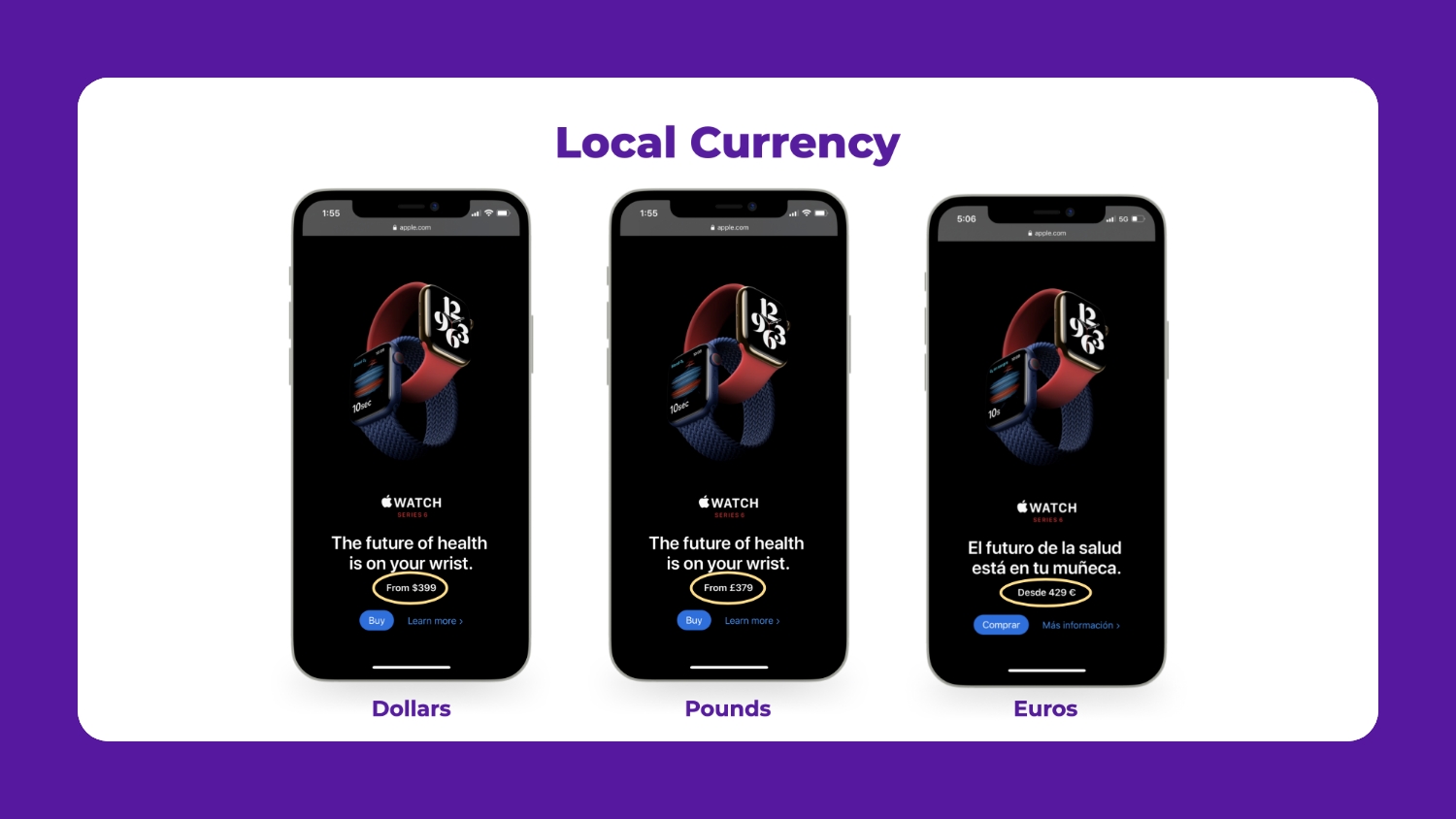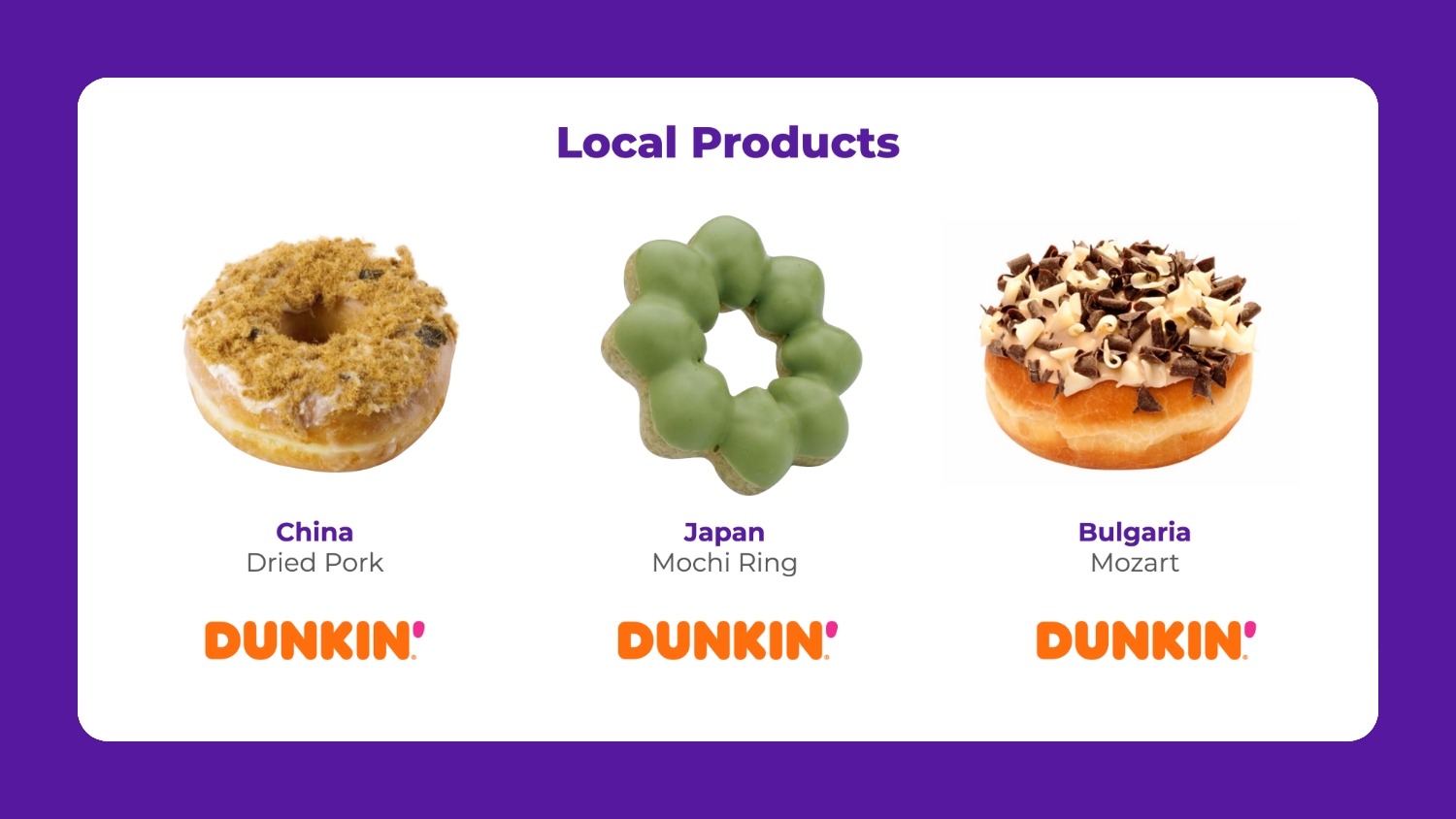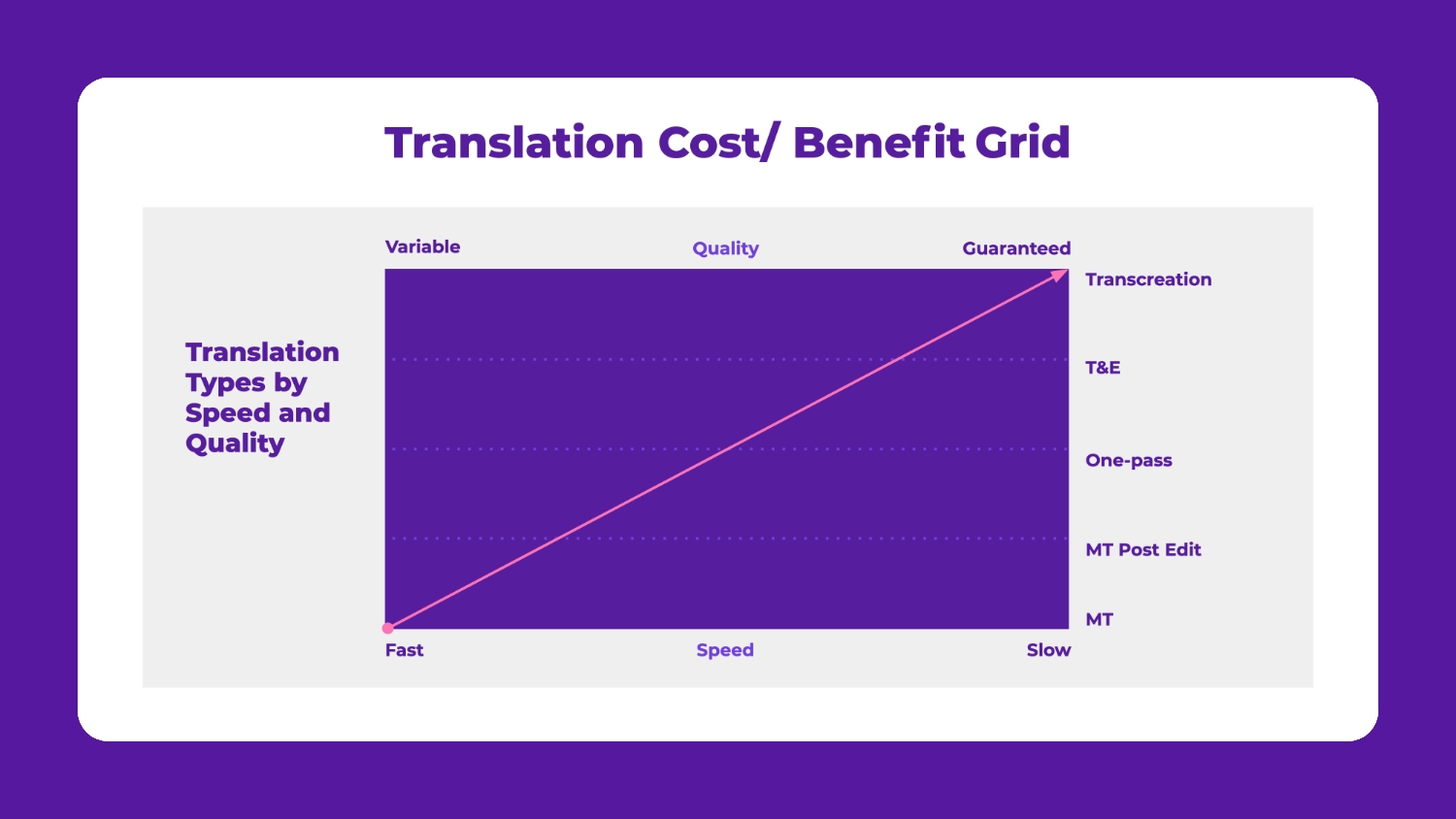Do you know if your brand is local or global?
Understanding how local or how global a business is is critical for localization and marketing professionals to strategize how to adapt products and brands for international markets effectively.
“The Thermometer Model” is an excellent way to help achieve just that. Read on to learn more about what the Thermometer Model is, why it matters for localization, how to apply it to your brand, and more shared by Aisling Nolan, Smartling’s Director of Customer Success.
Watch the session in its entirety.
What is a Thermometer Model?
The thermometer model is a framework that was coined by Scott Galloway, professor of marketing at New York University Stern School of Business.
When developing your global brand and localization programs, you have to decide what content and experiences will be managed centrally by the HQ and fixed across regions versus what should be owned by local teams and be given a more local flavor. And the thermometer model can help guide this process.
The thermometer model codifies how a company controls its experience on the global level. Many of you are already customizing how you approach each market, and this model can help better communicate internally and lead with a framework to make decisions.
The model looks at all of the relevant attributes of a brand’s operations, from the name, logo, product distribution, price, and communication — all of the critical elements of a brand.
The freezing point defines what will be managed globally and what will be managed locally by the brand. Brands with high freezing points typically mean a globally managed brand. Luxury brands are a great example of businesses with high freezing points. Since they have a more limited product selection with higher price points, the price is often set by the brand and doesn't change by region. And often, the way that they promote, support, or sell a product is the same no matter where they are in the world. On the flip side, brands that have a lower freezing point would equate to locally managed brands.
Any business with a global presence has to think about managing how the touch points will impact its end-user experience. Since every team across the company contributes to the user experience, understanding what will be managed globally versus locally is relevant to everyone you work with. Let's look at a few examples of brands with different freezing points and their approach.
Take Advantage of Local Flavor
Take Apple as an example. While Apple is an everyday product for many people, it can verge on being a luxury due to the price point and prestige of its products.
Apple's freezing point is around the pricing mark, meaning they have a high freezing point. The price range is similar across the world. However, as a global company, they rightly localize and communicate their prices in the local currency.

In this image, you can see that they are using the same product image, but they localized the imagery by displaying “10s” in the Spanish image, while the images for the U.S. and the U.K. say “10sec.” They also localized the currency, showing the appropriate one for each market.
Another example is Dunkin Donuts. Here, you can see they haven't “frozen” the products.

They have introduced custom products by region, thus compressing the freezing point. For example, in China, Dunkin Donuts introduced dried pork donuts. In Japan, you can have a mochi ring donut, and in Bulgaria, you can get a Mozart donut, each specific to the market’s culture and taste.
So what does this all have to do with localization? Everything!
Though it may not be clearly written in the job description, the role of localization teams is to unlock global revenue. The best-in-class localization teams think about how their brand will perform best in any given region and then make strategic recommendations to the company — so their products and services feel like they were built specifically for the consumer in each market.
How to Apply the Framework
Now, let's talk about how you can apply this framework to your company. Consider these questions:
- Identify what's above the freezing point. What elements of your brand or content are managed locally?
- Identify what's below the freezing point. What is set by HQ on what's disseminated globally?
- There are also a handful of attributes to the translation process that you may also want to consider adding to your own thermometer model, such as:
- Is your source content managed locally or centrally?
- Are your translations managed centrally, or does each region decide what to translate?
- Is the budget for translation set globally or locally?
As you develop this framework for your business, keep in mind: the lower the freezing point, the more customization required, and customization typically means more investment.
Cost-Benefit Analysis
A cost-benefit analysis will offer you and your team some guardrails. It will help you answer whether or not the time and cost involved with creating a local experience are worth the expected revenue.
What's interesting about translation and localization with Smartling is that you have a lot of flexibility in thinking about the cost-benefit of translating content.

You can use this framework to establish guidelines for what type of translation you should use based on the expected return or value of the user experience you're looking to support. But remember that your answer to this question probably will change over time, and having the flexibility to pivot is critical.
Once you have established this framework for your business, you will need to drive this conversation internally with your colleagues and cross-functionally. For example, work with your marketing and product teams to ensure alignment. And ultimately, use this as a way of setting up rules for how to evaluate the level of investment you make in each region.
We hope you’ll find the use of the thermometer model valuable in your efforts to taking your brand global! Watch the session in its entirety here.








